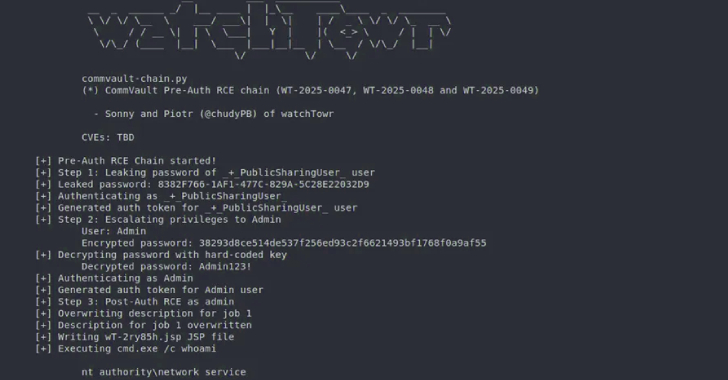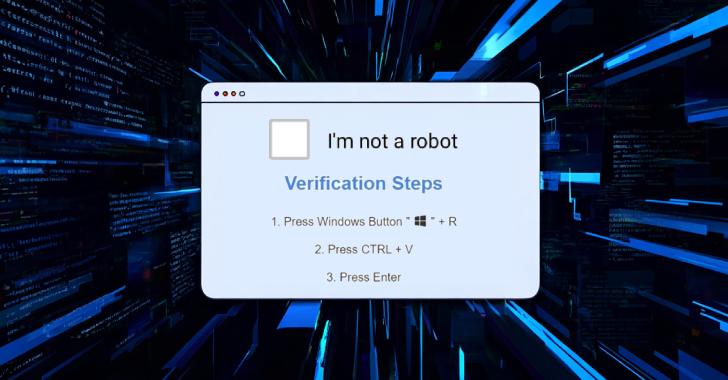
Tinted glass is a type of glass with a thin coloured coating or film, either applied during manufacturing or added later, that reduces sunlight, glare, and heat. Commonly used in vehicles for privacy and comfort, it also finds application in buildings. However, in India, the use of tinted glass in cars is strictly regulated. To address concerns related to crime concealment and road safety, the law imposes specific visibility limits. This article outlines what tinted glass is, its legal status, permissible limits, and penalties for non-compliance.
Introduction: The Popularity and Problem of Tinted Glass in India
Tinted windows in vehicles are commonly associated with comfort, privacy, protection from the sun, and aesthetic value. In a country like India, where temperatures can soar above 45°C during summer, tinted glass is often seen as a practical measure to reduce glare and cabin heat. Many vehicle owners, especially in metro cities, opt for aftermarket sun-control films or darker shades to achieve this.
However, the use of tinted glass is strictly regulated under Indian law. While factory-fitted tinted glass that adheres to visibility norms is permitted, applying additional dark films or modifications is largely prohibited. The issue gained prominence after a landmark Supreme Court judgment in 2012, which placed stringent restrictions on aftermarket tinting.
Legal Framework Governing Tinted Glass in India
Central Motor Vehicles Rules, 1989 (Rule 100)
The regulation of glass transparency is governed under Rule 100 of the Central Motor Vehicles Rules, 1989, made under the Motor Vehicles Act, 1988. It specifies:
- Front and rear windshields must have at least 70% Visible Light Transmission (VLT).
- Side windows must have at least 50% VLT.
Visible Light Transmission refers to the percentage of light that passes through the glass. A higher VLT means the glass is more transparent.
Note: The use of any additional film or coating, regardless of its VLT, is prohibited, even if the glass itself meets the permissible limit.
Important Case Laws
[1] Avishek Goenka v. Union of India & Anr. (2012)
The Supreme Court of India, in this landmark judgment, prohibited the use of black films or any other material on vehicle windshields and windows, regardless of their Visual Light Transmission (VLT), citing public safety and crime prevention concerns. The Court held that only manufacturer-installed safety glass with minimum 70% VLT for front and rear windshields and 50% VLT for side windows, as specified under Rule 100(2) of the Central Motor Vehicles Rules, 1989 and IS: 2553 Part 2–1992, is legally permissible. Any post-manufacture application of films was deemed to violate both Rule 100 and the intent of the safety standards.
The Court emphasised that tampering with VLT by using black films aids in the commission of heinous crimes, impedes law enforcement visibility, and increases road accidents due to poor visibility. The judgment rejected the demand for mandating 100% VLT but upheld the complete ban on black films, directing police authorities to enforce the prohibition from May 4, 2012. While noting that certain VIPs may require additional protection, the Court permitted conditional exemptions to be granted only by a committee comprising the Home Secretary and the DGP/Police Commissioner of the concerned State.
This judgment reaffirmed the principle that individual convenience must yield to larger public interest under Article 21 of the Constitution, and upheld the Rule of Law in vehicular safety regulations.



